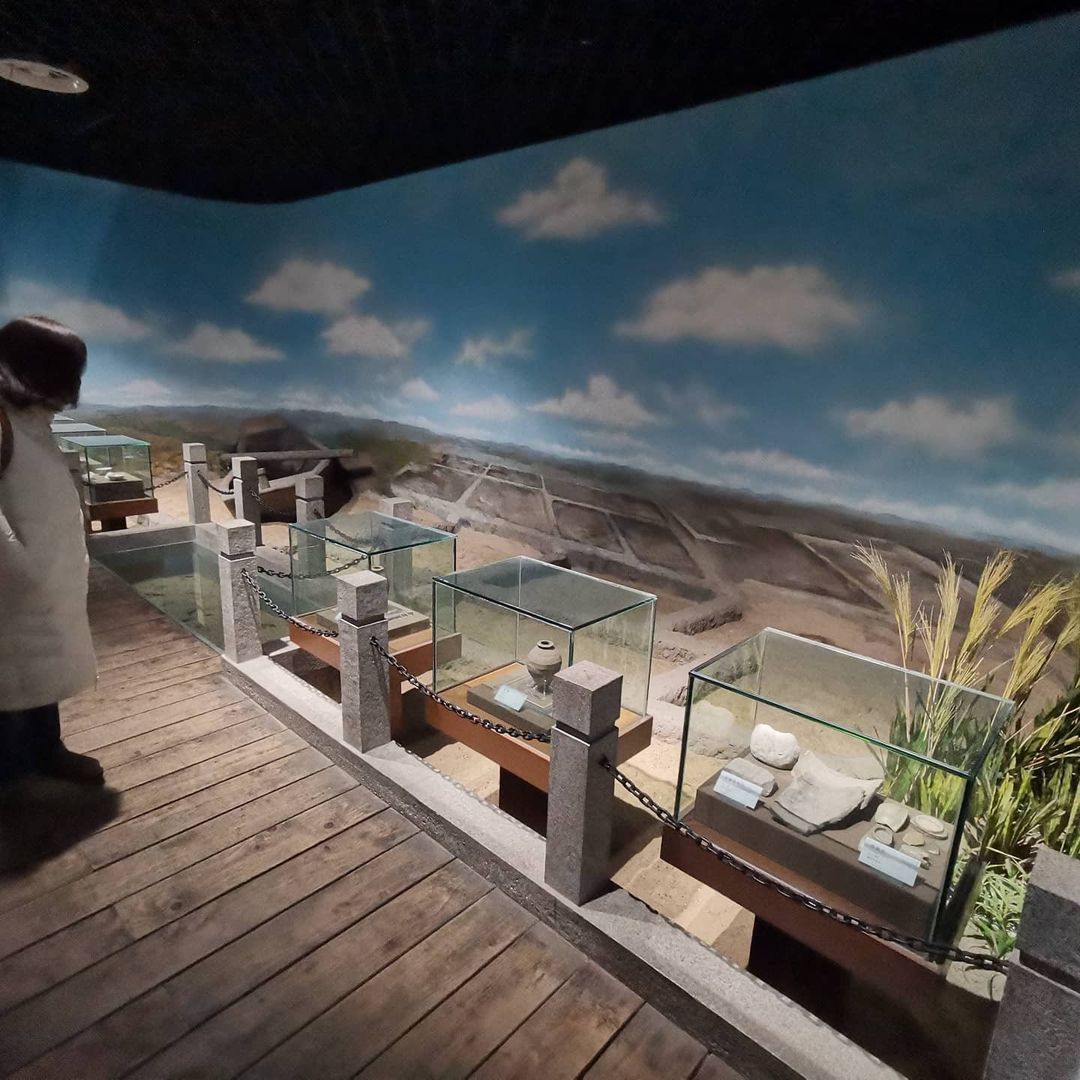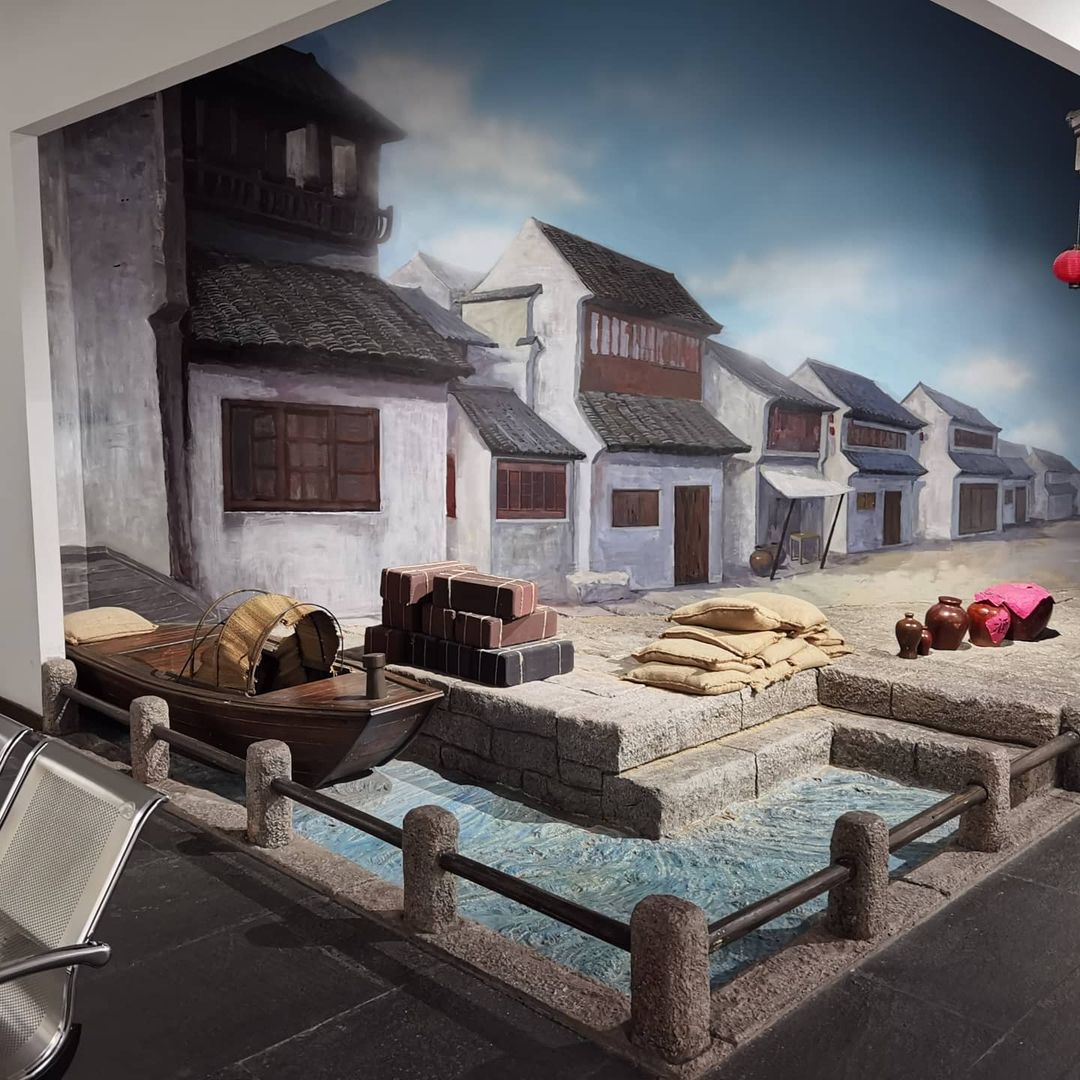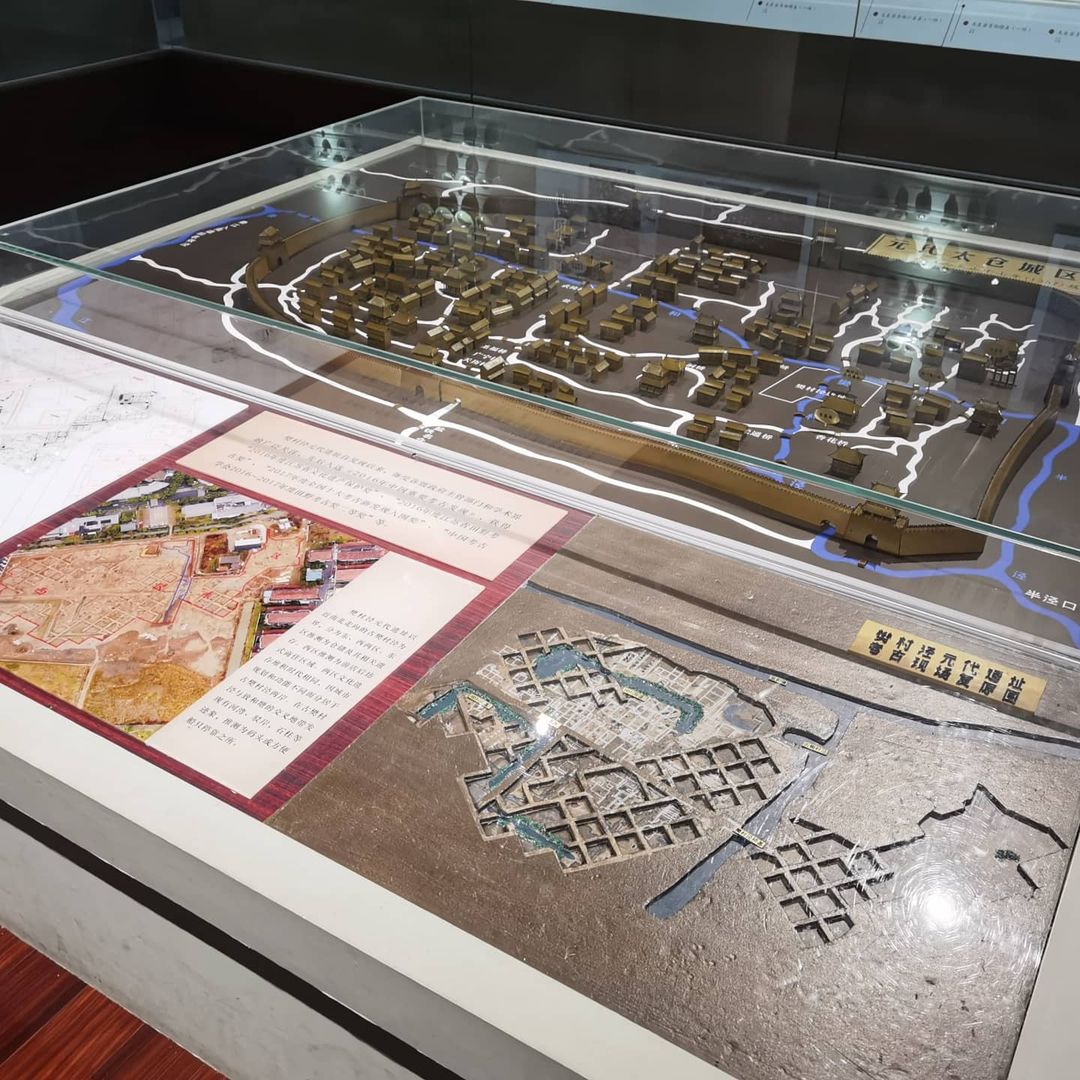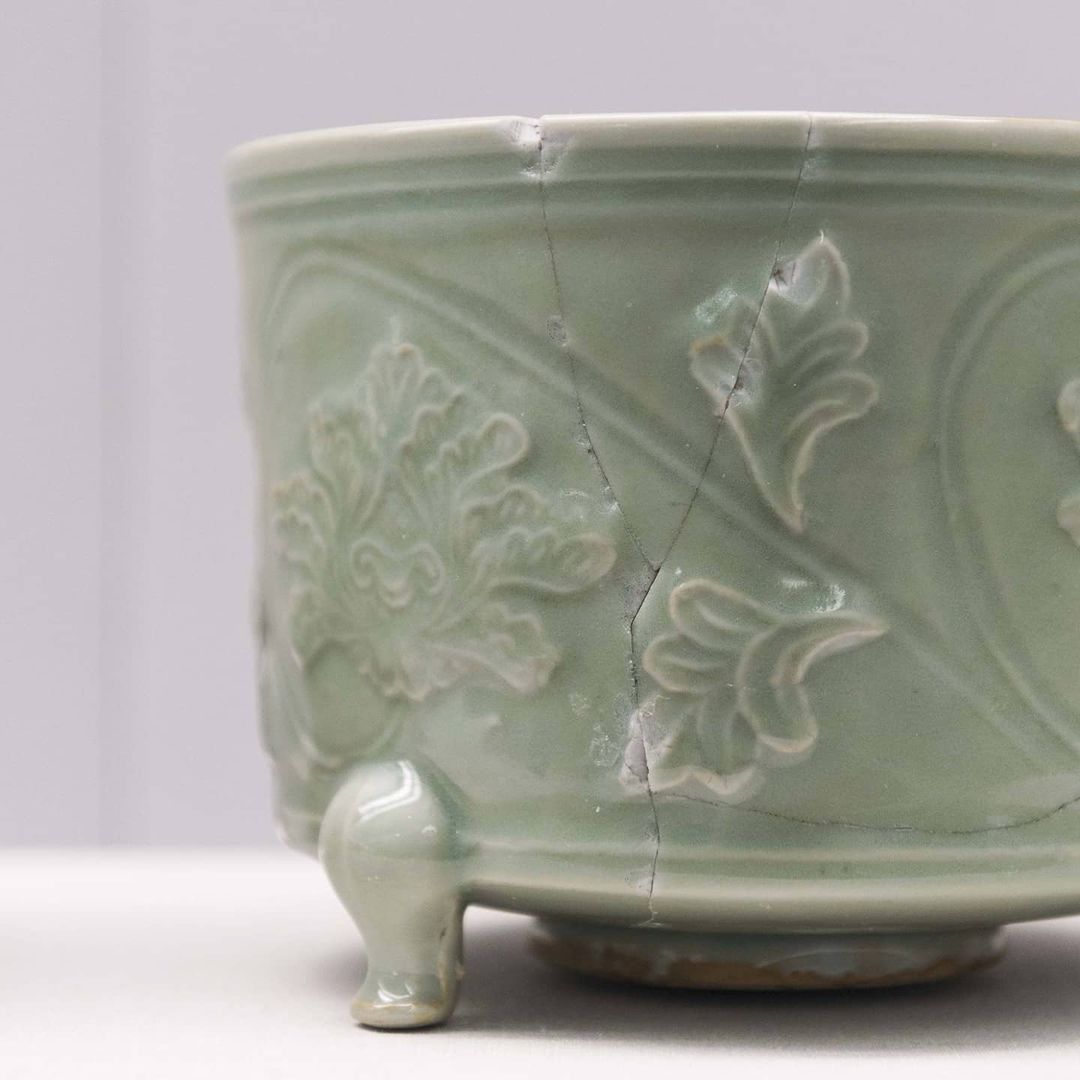The museum in Taicang (太仓) shows the city’s history, how 1000 years ago — during the Yuan and Ming Dynasty — it was one of China’s richest cities, thanks to its position next to the Yangtze River. But the link between that city and today’s Taicang remains unclear to me, apart from some excavations and thousands of pots in the museum. Did this city really grow out of that one, or was it merely a point on the map, thankfully used to borrow its meaning?
Like elsewhere in China, many buildings and objects didn’t survive the last two turbulent centuries, thanks to fires lit by foreign invaders, internal uprisings of rage, or more recently, demolitions to make way for factories and shopping malls in search for GDP. Museums now mainly exhibit scenes with miniature models from a romanticized past, and original objects are missing — except furniture, spared perhaps because furniture is not political and functional instead. It a the cycle of history that goes like: Destroy it, forget it, celebrate it.
If Taicangers needed some pride in their city, I had expected some words about its citizen Chien-Shiung Wu (吴健雄), who played a huge role in the Manhattan Project, and later won the Nobel Prize in Physics, but the museum made no mention of her. Its timeline is measured in centuries, not decades. And so the main hall does have two large Yuan and Ming Dynasty sailing ships — reconstructions, of course — although some waterlogged planks were on display and said to be have been belonged to the real vessels, shipping people and goods to cities across and beyond Asia, as far as Jeddah.
But well. The nearby city Kunshan has already ‘claimed’ Kunqu opera (昆曲), even though it is based on the Taicang singing techniques from the Ming Dynasty. As such, all the tangible history that Taicang has left to claim is its excavated porcelain — sometimes pieced together as pots, but most of the time, in shards.





